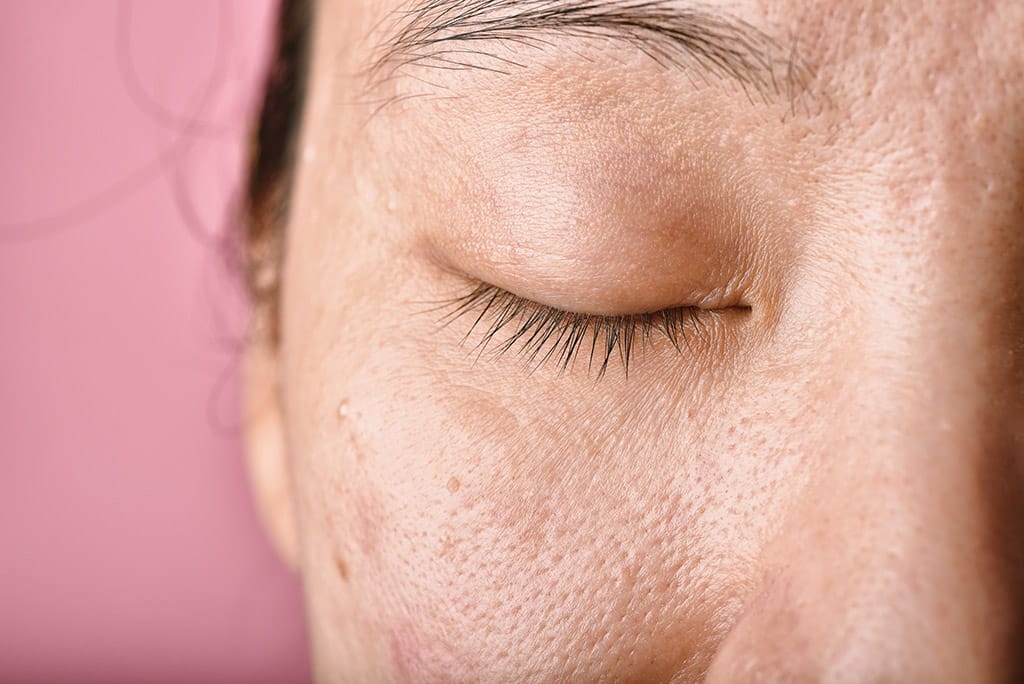What is Acne Scarring?
Acne affects close to 90% of adolescents. But acne isn’t just a teenage problem. Acne can persist long after adolescence, and its negative impact on patients is well documented. Studies report that many with acne feel embarrassed, self-conscious, less attractive, unhappy, more anxious and less confident. Some even feel anger and suffer from low self-esteem, depression and anxiety.
Breakouts are tough enough, but many people are left with acne scarring, which is often permanent and disfiguring. Scarring is more common in people who have had severe inflammatory acne, and those whose family members have acne scarring. It is also more common when the sufferer has squeezed or picked at his or her acne bumps, which forces inflammation and bacteria deeper into the skin.
What Causes Acne Scarring?
Actually, scarring is part of the normal healing process after an injury or wound, and this is also true for acne.
When a hair follicle or pore becomes clogged with dead skin cells and excess oil, and overrun with bacteria, it causes inflammation and what we call acne. Inflammation disrupts the lining of the pore or follicle, and allows the bacteria to escape into the surrounding healthy tissue, causing significant inflammation and tissue destruction.
Damage to the epidermis, the top layer of skin, can result in post – acne hyperpigmentation, and shallow scars. When the damage penetrates more deeply to the dermis, the deeper skin layer that contains collagen and elastin, hair follicles and sweat glands, the resulting scars can be much deeper and more obvious. The more severe the inflammation, the worse the scar. Acne scars come in different types based on the conditions that caused the scar. Red inflamed pimples, nodules and cysts can cause damage that the body cannot adequately repair.
Types of Acne Scars
Acne scars come in many colors, forms and shapes. Discoloration of the scar may appear as pink, red, purple or brown spots. And acne scars also have different architectures. Atrophic scars sit below the rest of the skin, and result from too little collagen deposition during healing.
Atrophic scars include: narrow, V-shaped ice pick scars that go deep into the skin; U shaped boxcar scars have sharp edges and are punched out in the middle; and rolling scars, which are wide depressions with irregular borders. Then there are hypertrophic scars that sit above the surrounding skin and result from too much collagen deposition during healing.
Treatment of acne scars is a process that requires patience and motivation, but our board-certified dermatologists are experts at listening to your concerns and creating a treatment protocol specifically for you.
The First Step to Treating Acne
The first step is to make sure that your acne is under good control, which may require prescription medications, diet modifications, and stress reduction. An effective set of medications and/or treatments will help clear your skin, prevent new breakouts, and lessen the risk of additional scarring. This will help you will feel in control and better about yourself.
The Second Step to Treating Acne
Once your acne is under good control, depending on the type of acne scarring you have, we will help devise a specific treatment plan to address either your discolorations and/or texture problems.
Acne Scarring Treatment Options
There are many treatment options for acne scaring, including the use of vascular lasers, ablative lasers, the Eclipse MicroPen, microneedling radiofrequency, topical treatments, dermal fillers, subscision and even surgery in some cases. For optimal results we often recommend a combination of treatments and procedures.
Treating acne scars takes patience, and often requires a series of treatments over time. Persistence pays off and reduced scarring enhances your self-esteem and confidence. Call us today to schedule a consultation and learn how we can help you reduce your acne scars and feel better about yourself.






